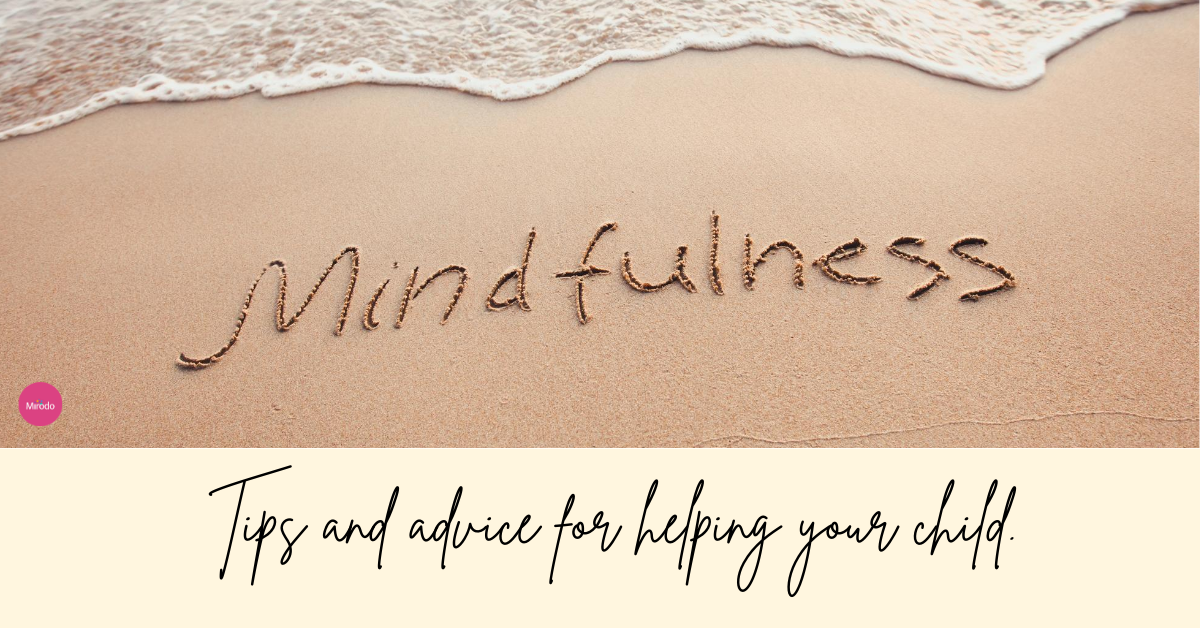
Mindfulness concerns placing primary emphasis on the present, not the past, whilst also acknowledging what is going on both inside and outside of yourself. Mindfulness, growth mindsets and well-being have been a increasingly popular concept among everyday life. However of recent, this concept has transcended into the lives of children too, with growth mindset taught at primary school. This is a great tool to help pupils returning to school and beyond.
As “home” is almost a safe place for children, we recommend to encourage your child to engage in these activities. 2020 has been a difficult year for many people and the lasting effect can weigh heavy on children’s well-being and mental health. Therefore, we have come up with a list of mindful activities and tips for you and your child to try at home.
1) Mindful Breathing
This is a easy activity to start off with. Find a quiet room in the house. Sit down with your legs crossed. Inhale through your nose for around 3 seconds then pause, then exhale through your nose for around another 3 seconds and pause again. Mindful breathing will help your child to develop skills to remain calm when under-coming any stress. Why not involve colour into this exercise? Ask your child to think of a colour that helps them feel peaceful, and then a colour that makes them think of stress. Children can imagine breathing in the relaxing colour and then breathe out the stressful colour.
2) 5 Senses
Part of mindfulness is enabling children to develop their own awareness and consciousness of what they are experiencing in the moment. A great way to help with this is through the senses. You could help bring about this awareness through multiple senses or just choose one. Many mindfulness facilitators have found the 5, 4, 3, 2, 1 exercise very useful.
Ask your child to identify:
5 things they can see
4 things they can hear
3 things they can feel
2 things they can smell
and 1 thing they can taste.
3) Music
This can be a powerful tool concerning your child’s mental well-being. It can take children on a journey and can help bring them about a state of mindfulness. You can use music to provide a mindful experience for your child. Choose songs that could elicit different kinds of emotions and then play the songs one by one. Ask your child what the overarching emotion of the song is and how it makes them feel.
Taking it a step further, ask them why they felt that way. What was it about the song that helped them to feel that way?
4) Yoga –
Yoga can help children with regulation of their emotions. As it is an inclusive exercise, lots of children enjoy yoga as it does not rely on athletic ability as is accessible to all. Yoga ties in well with mindfulness and the poses help with breathing, calming down and can help children focus. Try Cosmic Kids Yoga on Youtube for some wonderful activities that can inspire children to enjoy yoga and mindfulness.
5) Eating
Mindfulness can extend to all parts of the day whether at home or in school, including lunchtime. You could take a mindfulness exercise to the dinner table and ask your child to try mindful eating. Mindful eating is all about bringing awareness to the process and the sensation of eating.
You could ask your child to explore mindful eating by asking them:
What does the food taste like? Is it sweet or savoury or sour?
What does the food feel like on your tongue?
To slow down the pace of eating and to try first taking a smaller bite and then a larger one.
Does this change the way eating this food feels?
Ask your child to pause between each bite and to take note of any changes.
Use Mindful eating expert, Dr Alberts, SSS Method. Encourage your child to SIT down when they eat, to SLOW down, and SAVOUR their food.
Take a moment before the meal to think about the effort that went into making it. The farmers who grew the crops, the people who made the meal. This thinking time can bring about gratitude.
Don’t forget to tag us on Social Media if you have tried any of these tips or to let us know your own tips!




